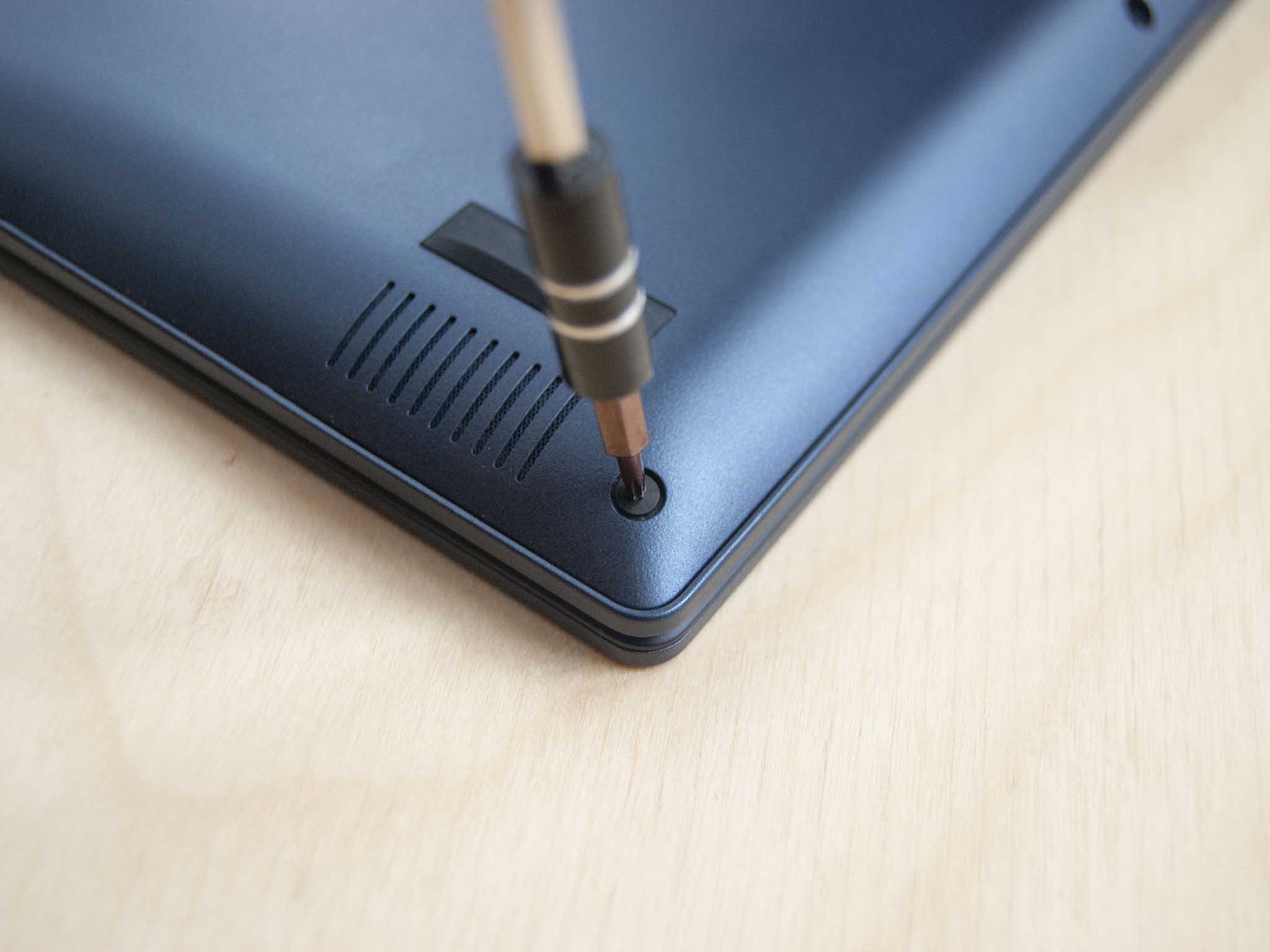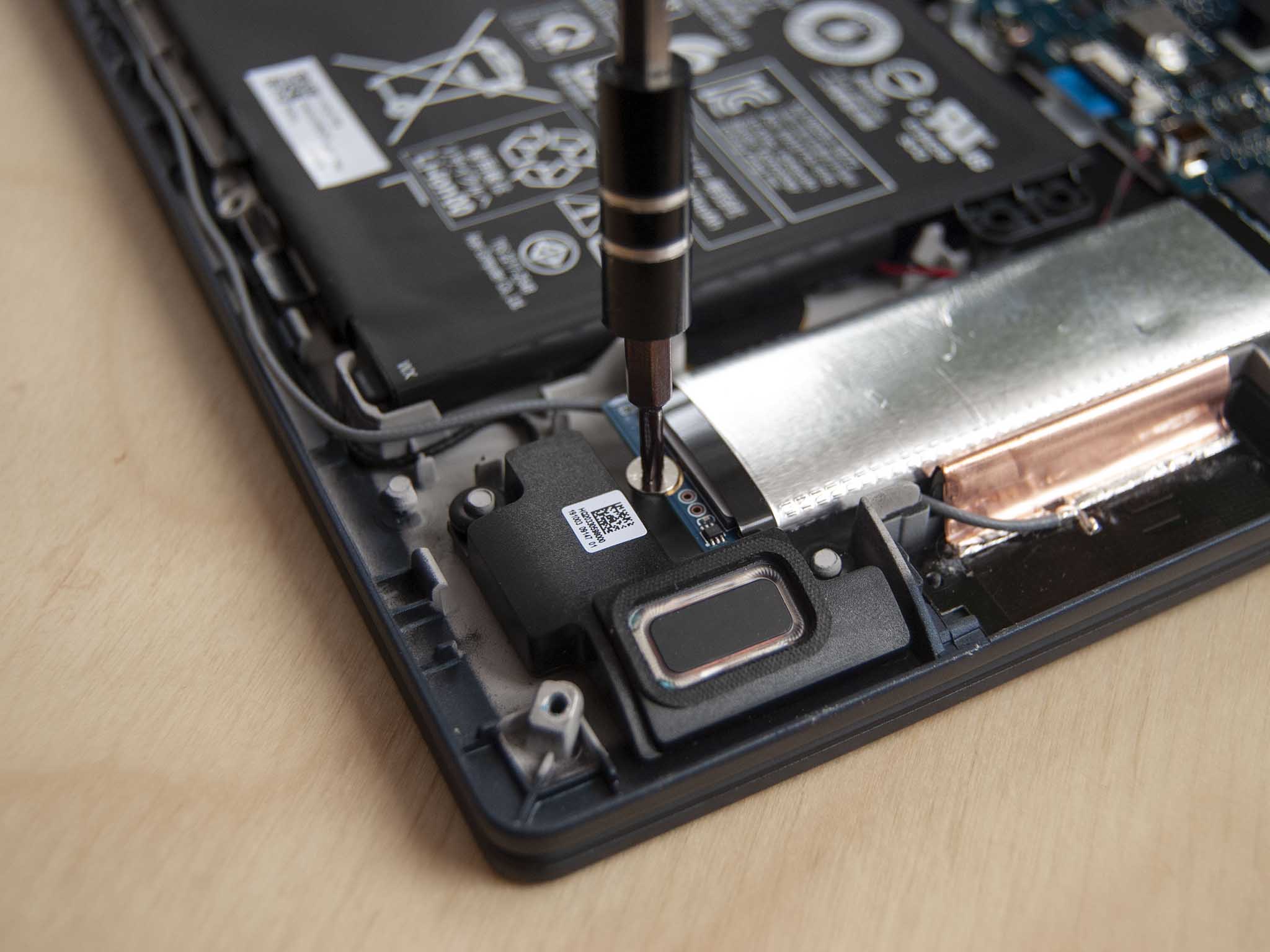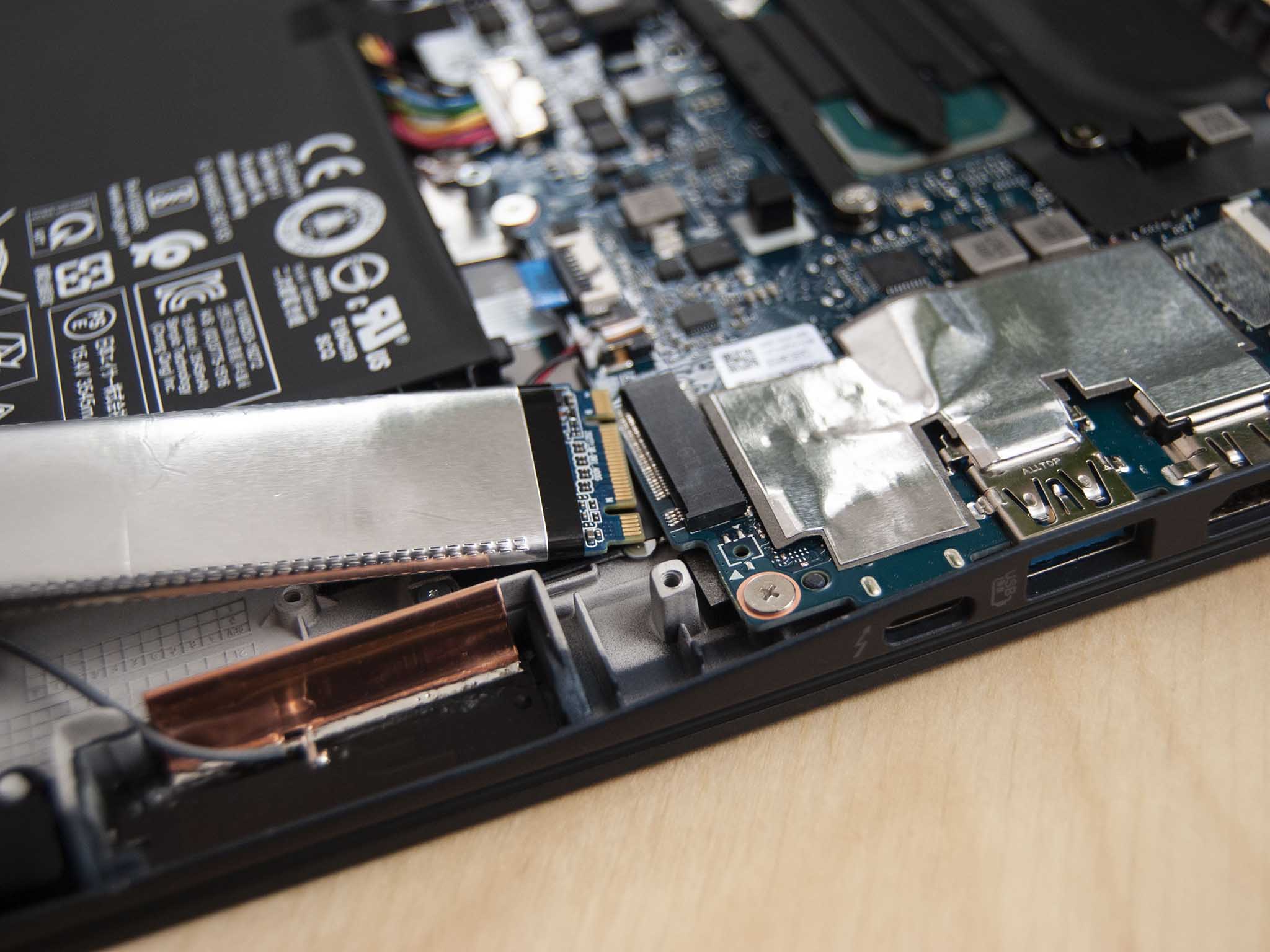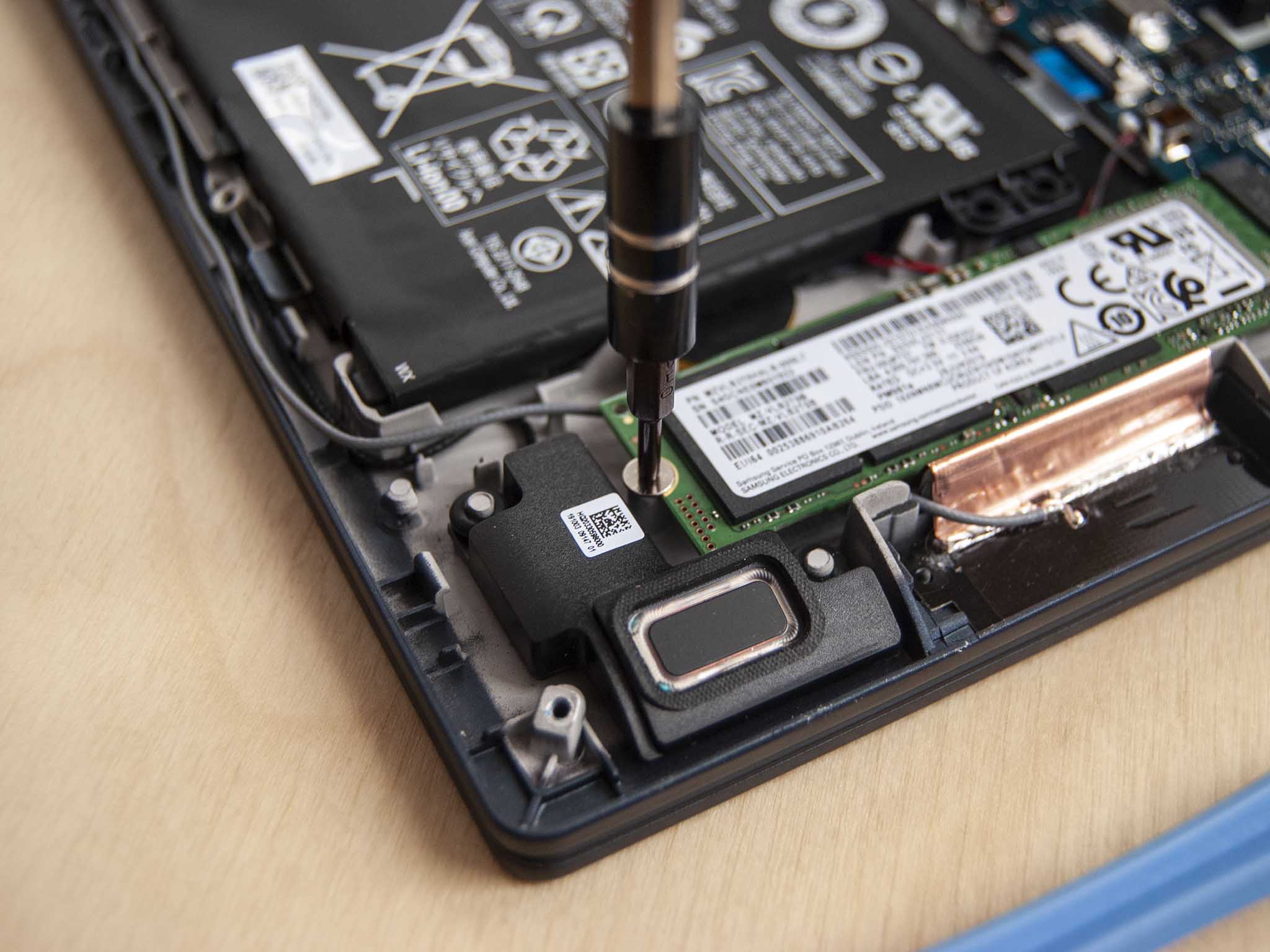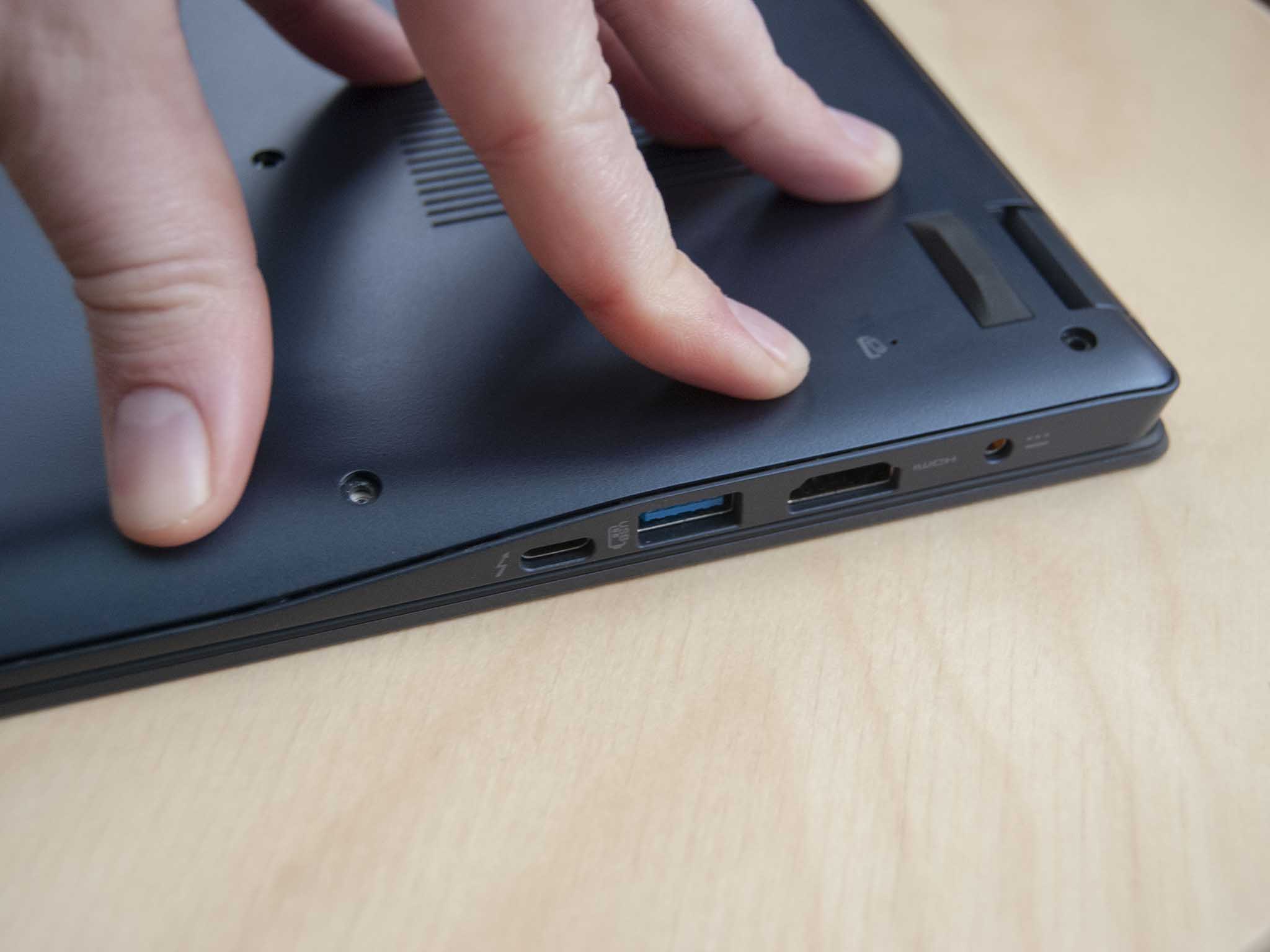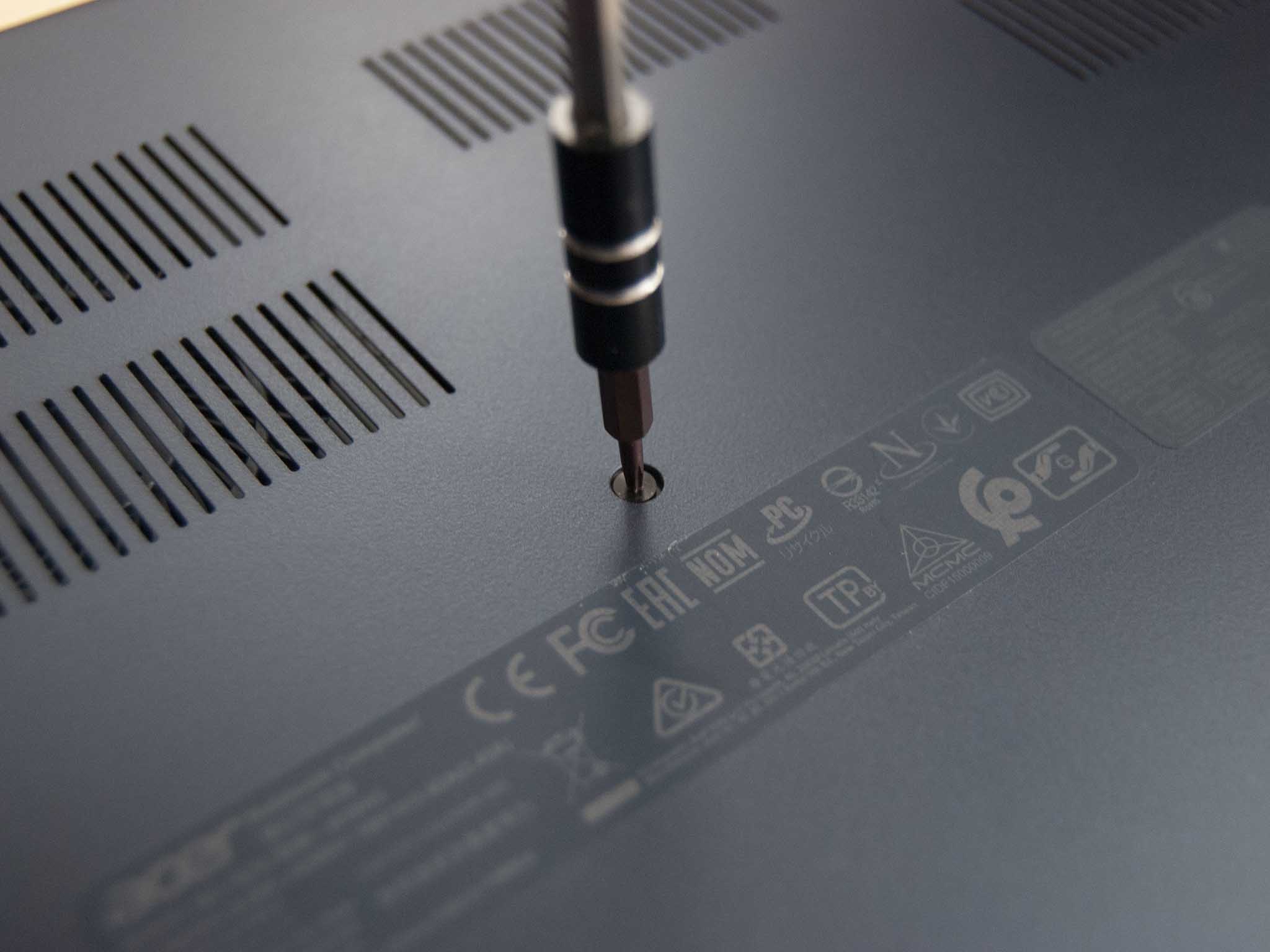How to upgrade the SSD in Acer's Swift 5
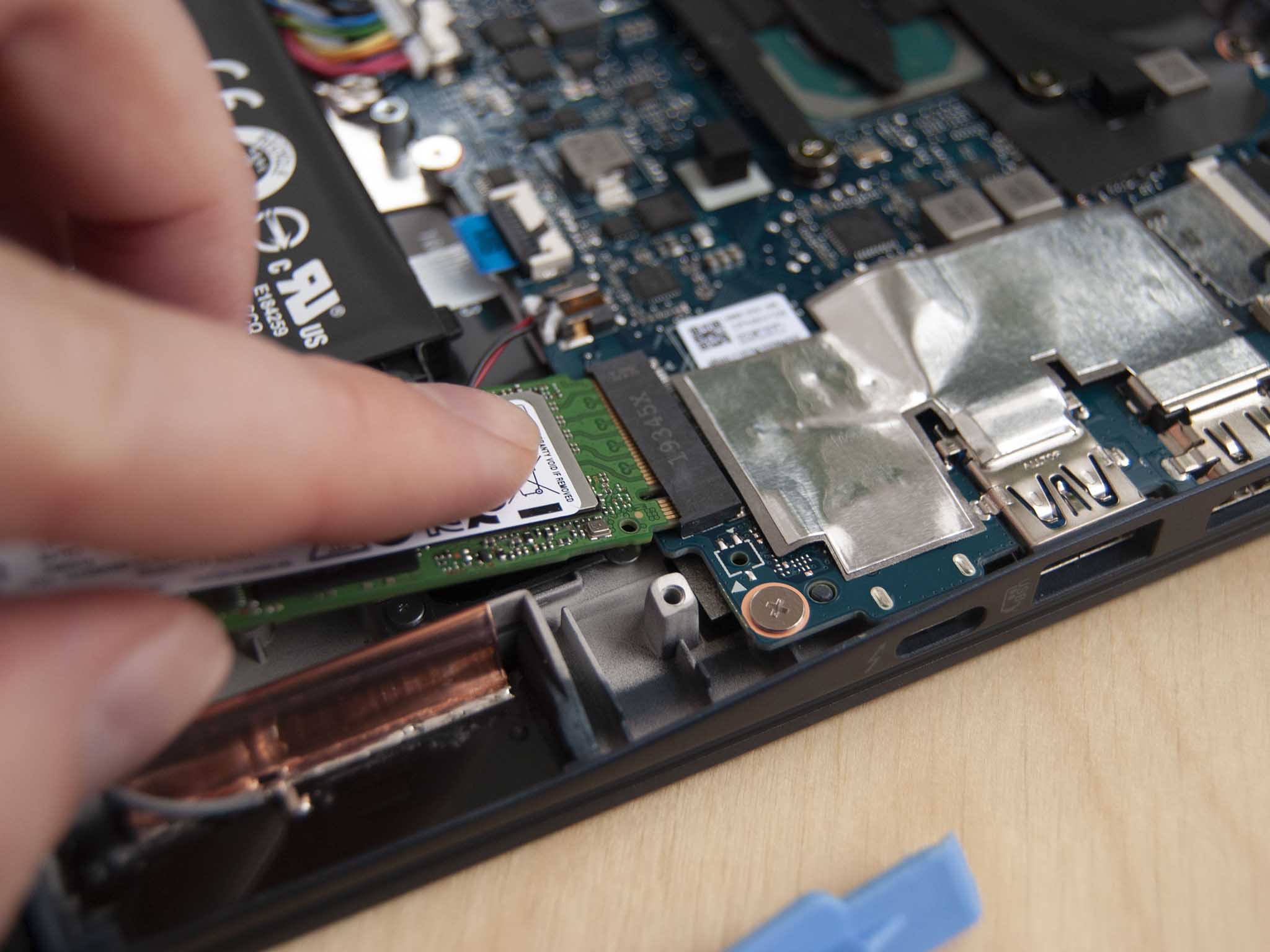
The Acer Swift 5 (SF514-54T), refreshed for 2019, is an ultrathin, ultralight 14-inch laptop. It offers impressive battery life, speedy performance, and a comfortable keyboard, making it a viable solution for professionals or casual users who prefer something easy to carry around. While RAM is soldered to the board, the M.2 solid-state drive (SSD) inside can be upgraded after purchase. This allows users to boost storage space beyond the configurable 512GB, helping keep the laptop relevant long into the future. In this guide, we will offer some hardware recommendations as well as how to replace the SSD.
Hardware and software to get the job done
- M.2 PCIe NVMe SSD: Samsung 970 EVO Plus (From $70 at Amazon)
- SSD enclosure for cloning: ElecGear M.2 PCIe enclosure ($45 at Amazon)
- Cloning tool: Macrium Reflect 7 (Free at Macrium)
- Prevent damage: Rosewill anti-static wristband ($6 at Amazon)
- All required tools: ORIA PC toolkit ($33 at Amazon)
- 14-inch Ultrabook: Acer Swift 5 (SF514-54T) (From $900 at Newegg)
How to upgrade the SSD in Acer's Swift 5
Note: Before beginning any upgrades on a PC, it's a good idea to backup your data in the unlikely event something should go wrong. You'll also want to ensure you're not working in a static-filled environment, as it can cause damage to a PC's internal hardware. Consider investing in an anti-static wristband to avoid unnecessary damage.
The Acer Swift 5 is commonly found in two different configurations depending on the level of processor performance you'd like, but both have a 512GB M.2 PCIe SSD. The Kingston hardware that's included hits read and write speeds of about 1,641 MB/s and 1,025 MB/s, respectively, in our testing. These are relatively high speeds, though you can go faster or boost space up to 2TB with something like Samsung's 970 EVO Plus.
You have a few options when it comes to replacing the SSD. You can clone your current data and OS over to the new SSD before installation, or you can save your important data on an external drive or in the cloud and do a fresh install of Windows 10.
If you choose to clone, investing in an external SSD enclosure will make the job much easier. Place the new SSD in the enclosure, connect to the Swift 5 via USB-C, and use software like Macrium Reflect to make an exact clone of your old SSD, OS and all. Once complete, you can install the new SSD in your Swift 5 and continue using the laptop as usual. We've even written a lengthy guide to help you through the cloning process.
Alternatively, you can do a fresh install of Windows 10 on the new SSD once it has been upgraded. Backup any important data that you don't want to lose, then have a look at our guide to help you through a clean install of Windows 10. There are some steps to take care of before the SSD upgrade, like creating bootable media, so be sure to get them out of the way before swapping hardware.
Once you've completed any data backups or cloning, clear out a well-lit space and power down your Swift 5. It's time to upgrade the SSD.
All the latest news, reviews, and guides for Windows and Xbox diehards.
- Unscrew the 10 fasteners on the bottom of the laptop.
- Pry up the bottom panel using a pry tool. Start at one corner and work your way around to release all hidden clips.
- Unscrew the single fastener at the end of the M.2 SSD.
- Remove the M.2 SSD from the slot by pulling it away. It should slide out easily and not require much force.
- Insert the new M.2 SSD into the slot keeping it relatively flat. Notice it is keyed and will only fit into the slot one way.
- Screw in the single fastener at the end of the M.2 SSD.
- Replace the bottom panel of the laptop. Apply pressure around the edges and near the center to ensure it's secure.
- Screw in the 10 fasteners on the bottom panel.
You can now boot your Acer Swift 5 to see if the upgrade went according to plan. If you chose to perform a fresh install of Windows 10 on the new SSD, now is the time to do so.
Our top hardware and software picks
Our pick for an M.2 PCIe NVMe SSD is Samsung's 970 EVO Plus. It's fast, durable, and relatively cheap for the performance you're getting. If you have the budget, it is available in up to 2TB.
Those who prefer a thin and light 14-inch laptop will want to seriously consider Acer's Swift 5. It's easy to use thanks to the generous port selection, comfortable keyboard, and colorful display, and 10th Gen Intel hardware makes it powerful enough to handle daily productivity work. The SSD tops out at 512GB, but it can be upgraded after purchase.
Additional Equipment
To make the upgrade process easier and less risky, consider investing in some of these affordable PC tools, and don't forget about Macrium Reflect and an external enclosure for those who want to clone drives.
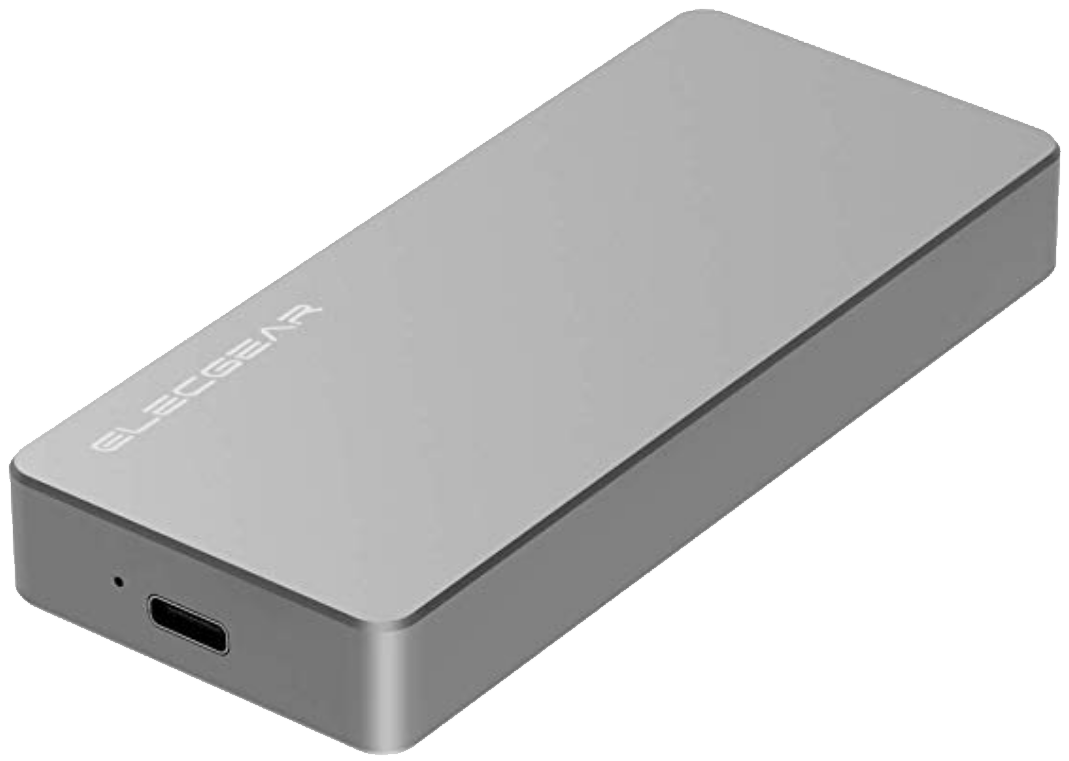
ElecGear M.2 PCIe enclosure ($45 at Amazon)
If you're cloning the original SSD to the new SSD, an external enclosure is needed. This option from ElecGear fits M.2 PCIe NVMe SSDs and can connect back to your ThinkPad T490s with USB-C or USB-A.
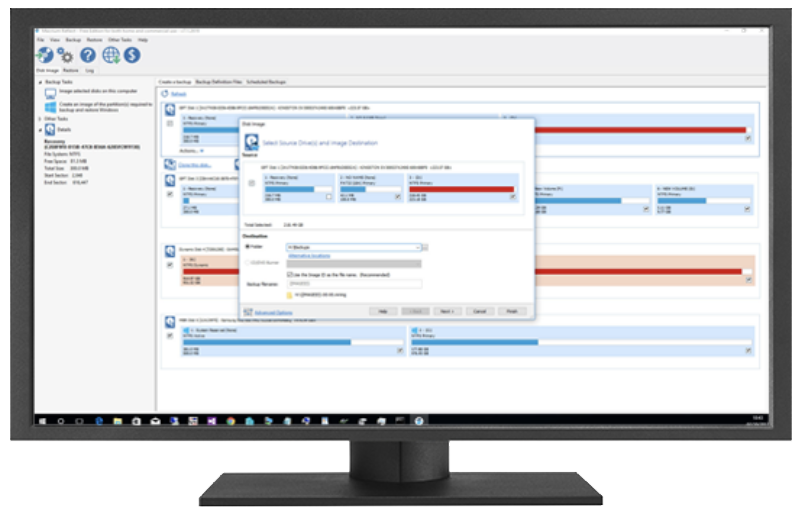
Macrium Reflect 7 (Free at Macrium)
We've had success cloning drives with Macrium Reflect 7, and have even written a complete guide on how to use it properly. A free edition is available, but you can purchase a full edition with a bunch more features for those who truly take backups seriously.
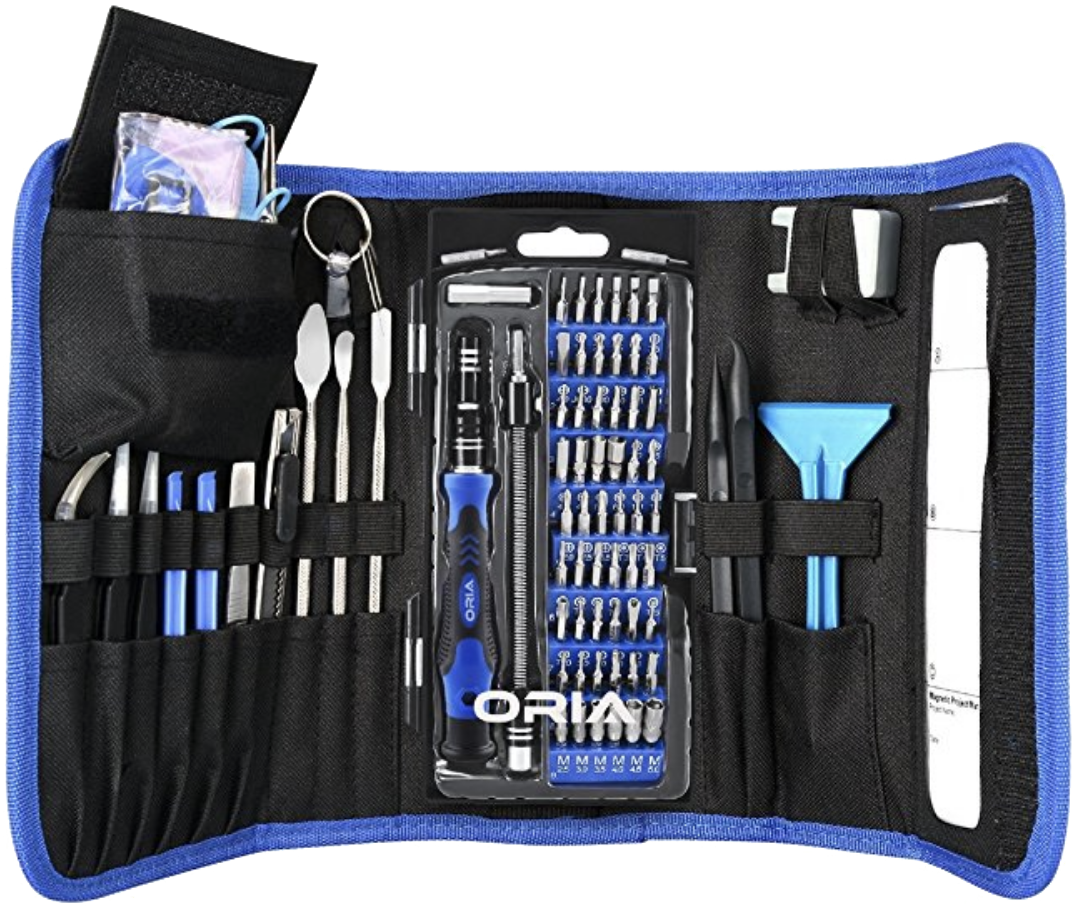
ORIA PC toolkit ($33 at Amazon)
Having the proper gear to work on your PC will always make the job much easier. Here you get a plethora of tools contained in a portable case.
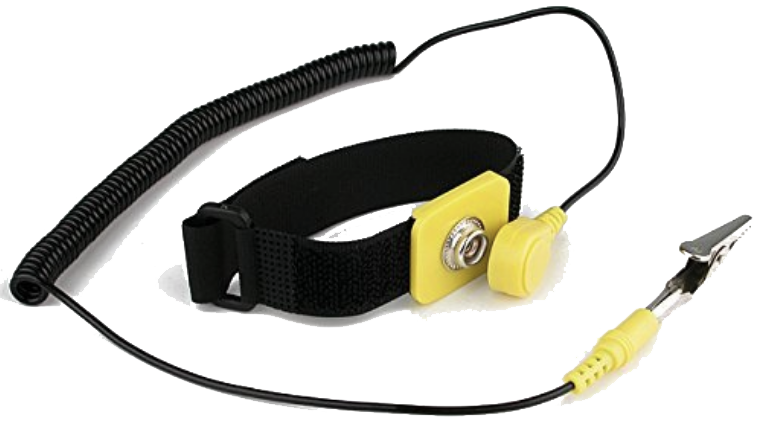
Rosewill anti-static wristband ($6 at Amazon)
Static electricity can damage sensitive PC parts, so remove the risk with an anti-static wristband. Fasten it around your wrist and clip it onto your PC for peace of mind.

Cale Hunt brings to Windows Central more than nine years of experience writing about laptops, PCs, accessories, games, and beyond. If it runs Windows or in some way complements the hardware, there’s a good chance he knows about it, has written about it, or is already busy testing it.
